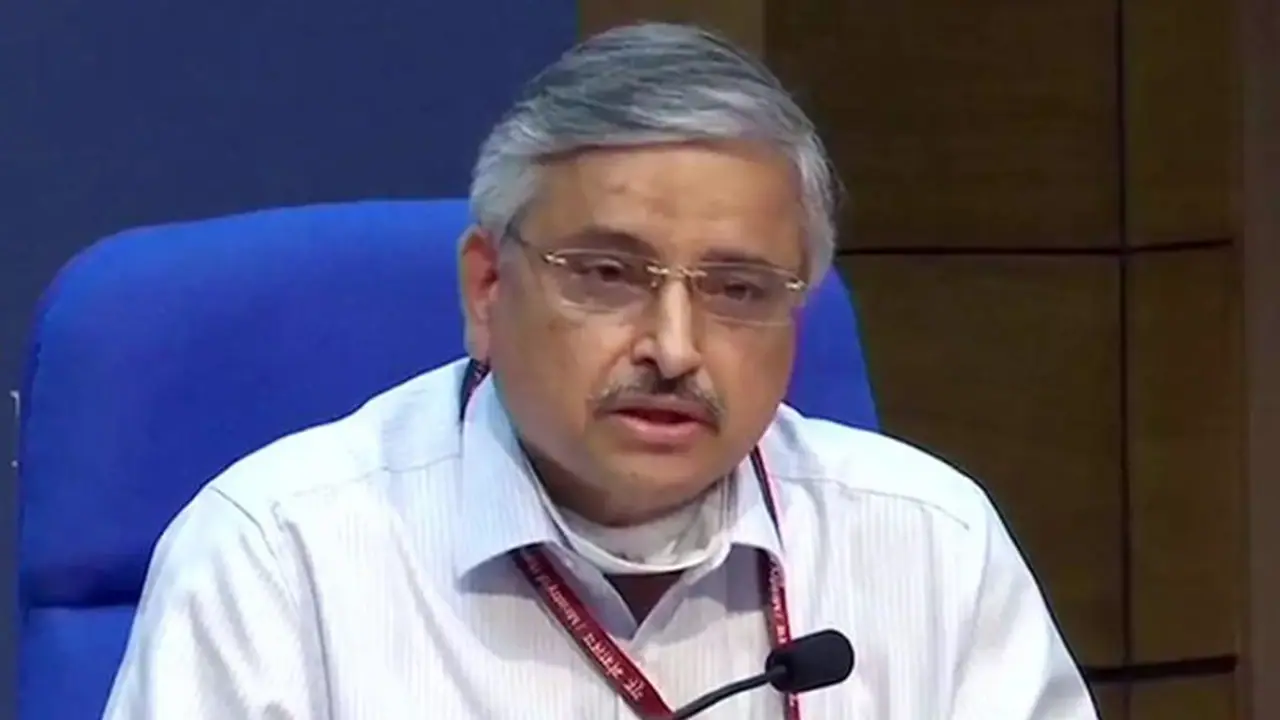"There is no data - either from India or globally - to show that children will be seriously infected in subsequent waves," he said.
There is no data that shows children will be affected in the third waves of Covid-19, either in India or internationally, says AIIMS Delhi Director Dr Randeep Guleria on Tuesday.

During a media briefing on Covid-19 that was held at the National Media Centre, PIB Delhi, Guleria said, “It is a piece of misinformation that subsequent waves of the Covid-19 pandemic are going to cause severe illness in children."
"There is no data - either from India or globally - to show that children will be seriously infected in subsequent waves," he said.
He said 60 – 70% of the children, who got infected and got admitted in hospitals during the second wave in India, had either co-morbidities or low immunity and healthy children recovered with mild illness without need for hospitalization.
"The paediatric population is generally asymptomatic. They often get infections but their symptoms are minimal or nil. The infection has not taken serious shape in children," he added.
"The data has shown that a low number of children are being admitted to hospitals. We're pushing preparedness," Dr Paul had said.
He had also mentioned that the infection in children has been found in two ways. At first, they reported pneumonia-like symptoms. Secondly, a few cases of a multi-inflammatory syndrome have been found among children who recently recovered from Covid-19.
In case of pandemics caused by respiratory viruses, there are multiple waves but the infection becomes seasonal when a large part of the population develops immunity either through vaccination or by natural infection, Guleria said amid concerns about multiple waves of Covid-19.
“In respiratory viruses – whether it is influenza or coronavirus, when there is a pandemic then usually waves come. This happens because in the beginning the population is susceptible and so multiple waves come and then virus becomes endemic and then infection has seasonality,” Dr Guleria said, pointing at similar trends witnessed during Spanish flu in 1918 and even during H1N1 Swine flu pandemic in 2009.
NOTE: Asianet News humbly requests everyone to wear masks, sanitize, maintain social distancing and get vaccinated as soon as eligible. Together we can and will break the chain #ANCares #IndiaFightsCorona
